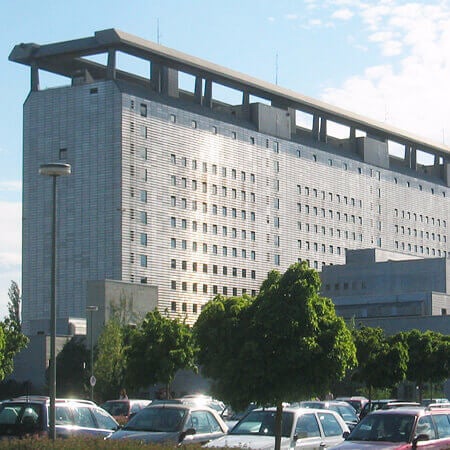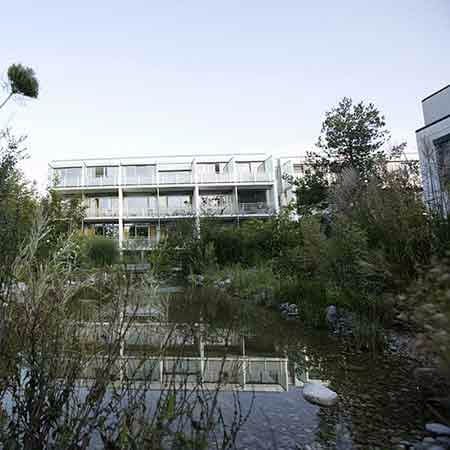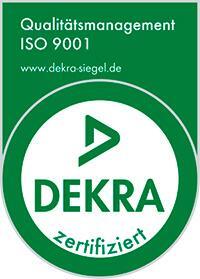About the disease
Testicular yolk sac tumor (so named because they resemble the yolk sac of an early human embryo) is the most common type of infant testicular cancer and develops in the testicular parenchyma. It usually occurs in males up to the age of two but can sometimes develop in adult men, but in this case it will be part of a germ cell tumor. Women can also develop this type of tumor, but in the ovaries or mediastinum. According to MedScape, yolk sac tumors account for 80% of all neoplasms in children who have not yet reached puberty and it predominantly affects Asians and Caucasians.
The exact cause of testicular yolk sac tumor has not been identified, but it is thought that a gene mutation plays a vital role in the appearance of neoplasm. The most common manifestation of testicular yolk sac tumor is a mass formed by bulky, painless lesions. In most cases, this mass is considered to be non-aggressive, as it metastasizes in only 10% of all cases. According to MedScape, patients with testicular yolk sac tumor have elevated levels of alpha fetoprotein in the blood. In most cases, testicular yolk sac tumor is found during its first stage, which allows for timely diagnosis and effective treatment.
Symptoms
- Mass in the testicles
- Mass is painless
- Mass can be felt
- Mass grows very slowly
Diagnosis
- During a general examination, the doctor will examine the mass by palpating the testicle, to determine whether or not it is painful.
- The doctor will ask the parents whether the child has been in any pain recently, specifically abdominal pain.
- The parents will be asked whether anyone else in the family has had testicular tumors or illnesses.
- The doctor will direct a light on the testicles. A mass will show up as a dark shape.
- An ultrasound and other imaging tests can determine the size of a mass in the testicles and also its consistency.
- Tumor marker tests measure the level of alpha fetoprotein in the blood.
- A biopsy is recommended only if there is reason to suspect that the child has another type of tumor. If so, the treatment may need to be different as well.
Treatment
- Surgical resection of the testicular yolk sac tumor from the testicles should prevent it from spreading any further. This type of surgery is effective in 90% of cases, if performed in the early stages of cancer.
- Chemotherapy kills malignant cells and also shrinks the tumor.
Authors: Dr. Nadezhda Ivanisova, Dr. Sergey Pashchenko
















